Temples in Jammu and Kashmir are well-known for their significant spiritual and historical significance.
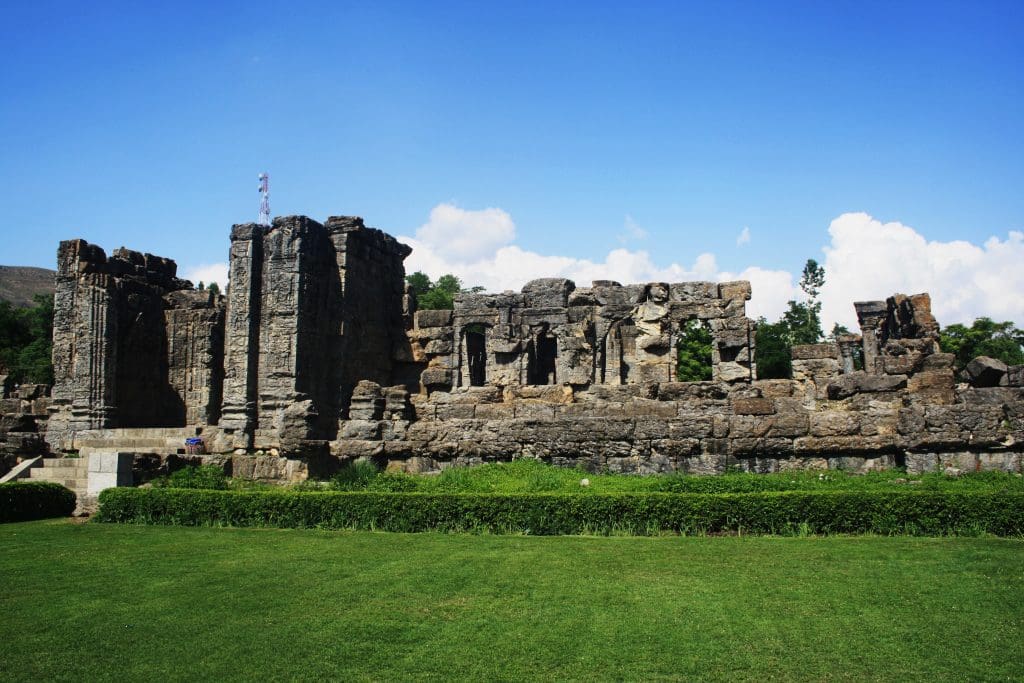
These archaic, elaborately built, and meticulously preserved temples of worship are a must-see for enthusiasts and everyone interested in architectural and spiritual heritage.
Among its many treasures, the region is adorned with a plethora of magnificent temples that exude an air of divinity and spirituality. These wonderful temples, each with its unique architectural style and religious significance, are a must-visit for any traveller seeking to explore the spiritual and cultural essence of Jammu and Kashmir.
From the sacred Amarnath Cave to the historic Martand Sun Temple, these revered sites offer an enchanting journey through time, captivating visitors with their beauty, serenity, and the profound sense of devotion they inspire.
We have put together a wonderful list of 10 of the most inspiring temples in Jammu and Kashmir for you to experience wonder, peace and tranquillity.
Vaishno Devi Temple – among India’s holiest pilgrimage sites
The Vaishno Devi temple in Jammu and Kashmir is among India’s holiest pilgrimage sites. The temple is dedicated to the deity Vaishnodevi and is housed within a cave. Every year, over 8 million worshippers pay a visit, marking it India’s second most frequented holy spot after Tirumala Venkateswara Temple.
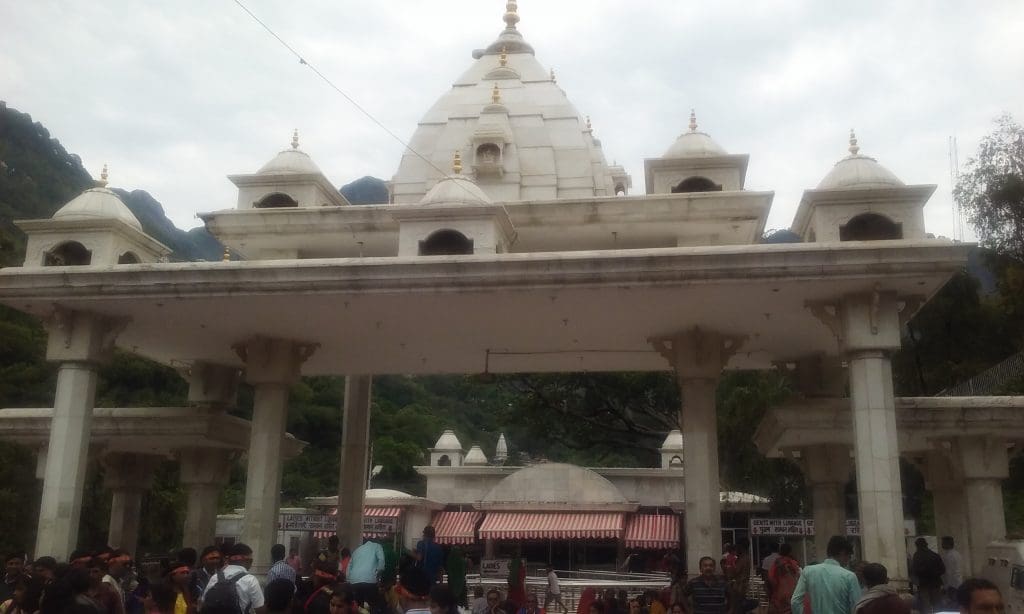
The sanctuary is situated in the highlands of the Trikuta mountain range, 5300 feet above sea level, and 48 km from the city. The major idol statue, portraying Goddess Saraswathi, Kali, and Lakshmi, is found in the form of stone construction. These three shapes represent the Mother’s primal, preservative, and playful personalities. When climbing the mountain to the temple, one may enjoy the natural beauty at its finest.
Amarnath Temple – truly magnificent
The Amarnath temple, one of the most famous temples in Jammu and Kashmir is devoted to Lord Shiva. It is situated at a height of around 12,760 feet in the state of Jammu and Kashmir. The Shiva Lingam is regarded as the perfect emblem of Hindus all over the globe. The religious excursion known as the Amarnath Yatra, which begins at Chandanwari, attracts thousands of believers. It is thought to be among Hinduism’s 18 Maha Shakti Peethas.
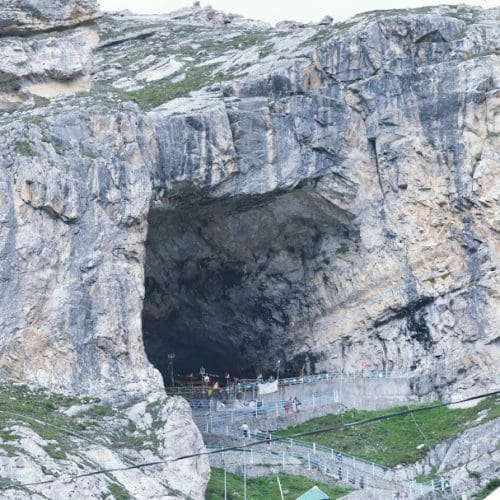
Along with seeking prayers at the Amarnath Temple, the scenery surrounding it is breathtaking. The temple is only open for a limited time each year, from July to August, whenever the ice Lingam forms. The scene at the moment is truly magnificent, leading many to trust in the holiness of the location. Water gently flows down from the cave’s roof, freezing to form snow, which, after building a firm base, begins to take the figure of Shiva lingam, completing the pattern on Purnima.
Raghunath Temple – exceptional design in temple construction
The massive Raghunath temple includes seven elevated shikaras, each with its own Shikhar. A portrait of Maharaja Ranbir Singh and an icon of Lord Hanuman adorn the temple’s main entrance. The inner temple is dedicated to Lord Ram, a strong divinity. Apart from the primary shrine, the other shrines include the origins of Lord Vishnu.
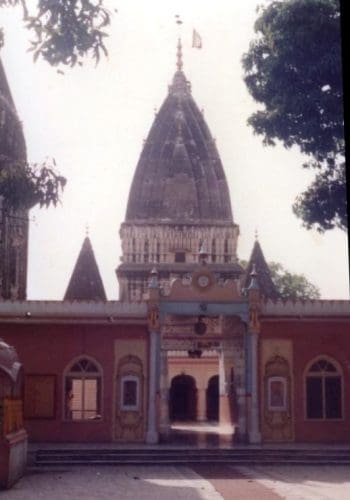
Other noteworthy Lord Surya temples have numerous manifestations of the Lord. Other shrines within the temple have massive statues of Hindu divinities. It is significant to note that yellow sheets cover the inside walls of the temple on three sides. It also contains a museum with several ‘lingams’ and ‘calligrams’. Raghunath temple encompasses nearly all of the images in the Hindu Pantheon, with an exceptional design in temple construction.
Buddha Amarnath Temple – timeless as a spiritual sanctuary
The Buddha Amarnath Temple, dedicated to the Hindu deity Shiva, is one of Jammu‘s most important spiritual sanctuaries. It is located in Rajpura village, Tehsil Mandi, Poonch district. The holy River Pulsata, which streams from the temple, is where devotees bathe before approaching the stupa.
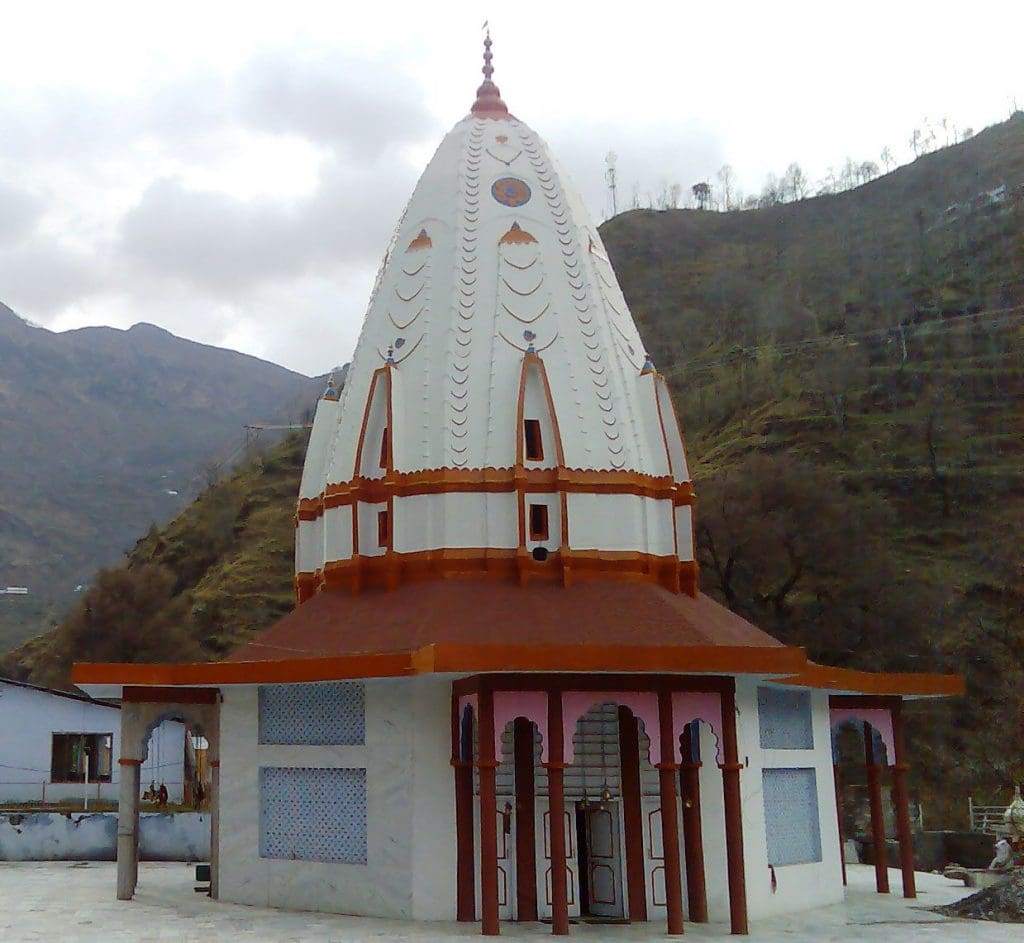
The river was named after Rishi Pulsata, Ravana’s grandfather, according to a mythical story. The Shiva linga in this temple is not directly shaped and is composed of white marble giving it a splendour look. The Buddha Amarnath shrine predates the Amarnathji cave shrine in Kashmir making it a must-visit. This ancient temple is well-known for its Raksha Bandhan Mela and Chari Mubarak Yatra, which attract worshippers from all over India every year.
Sudh Mahadev Temple – ancient splendour and mystique
Sudh Mahadev, a renowned temple in Jammu, is thought to have been established over a century ago. This important destination in Patnitop is nestled in Chanhani City and is frequented by a large number of Shiva worshippers throughout the year.
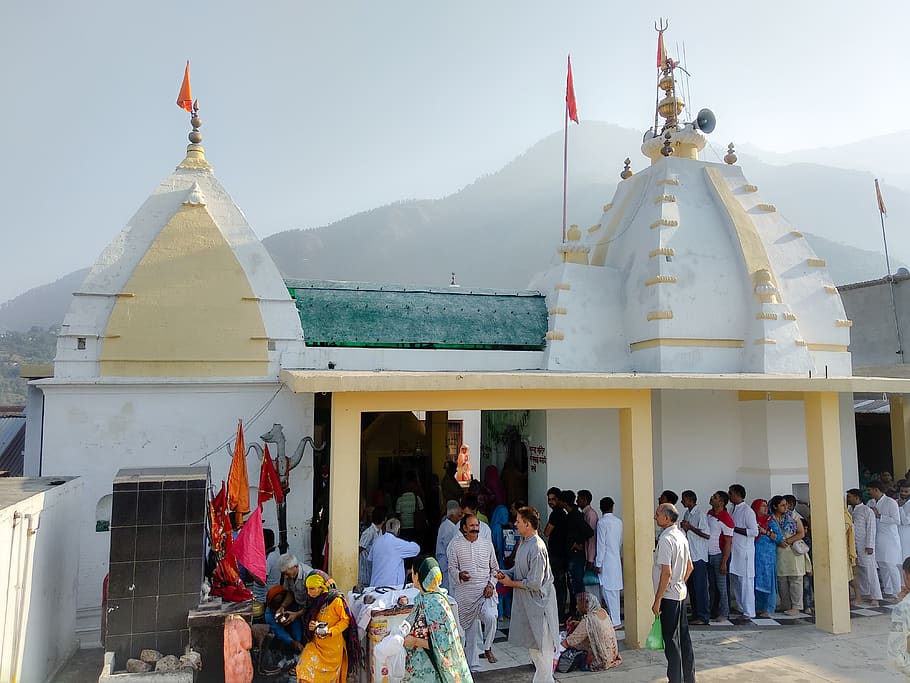
Near the temple, there is also a sacred river named Pap Nashni Bowli, which has the honour of washing the sins of anybody who dips in it. A large number of worshippers attend Sudh Mahadev during the Asad Purnima Festival. This three-day event takes place in June and is one of Patnitop’s main places. During the whole festival, social performances such as dance and music are planned; a fair is also organized for the worshippers.
Peer Kho Cave Temple – rich historical significance
It is said to be the ancient structure in the Shivalik area and is located around 3.5 km from the centre of Jammu. This temple, located on the bustling Circular Road, is easily accessible from many parts of town. The temple honours Lord Shiva and has a black Swayambhu Shiva Lingam.
It is said that Jamvant – a prominent character in the classic Ramayana – theorized at this location, which is why it is also known as Jamvant Cave. Within this sanctuary, there are two main caves, each with a depth of around 30 feet. Pilgrims must ascend numerous marble stairs from the ground surface to access the Shiva Lingam. Throughout the year, a large number of worshippers visit Peer Kho Cave Temple, which swells around Shivaratri as well as other Hindu festivals.
Bahu Fort And Temple – magical divinity
Bahu Fort is situated 5 km from the city center atop a rock formation on the left bank of the Tawi River. It was created about 3,000 years ago by Raja Bahulochan and is perhaps the city’s oldest stronghold and construction. The Dogra rulers then moved on and extended the existing fort.
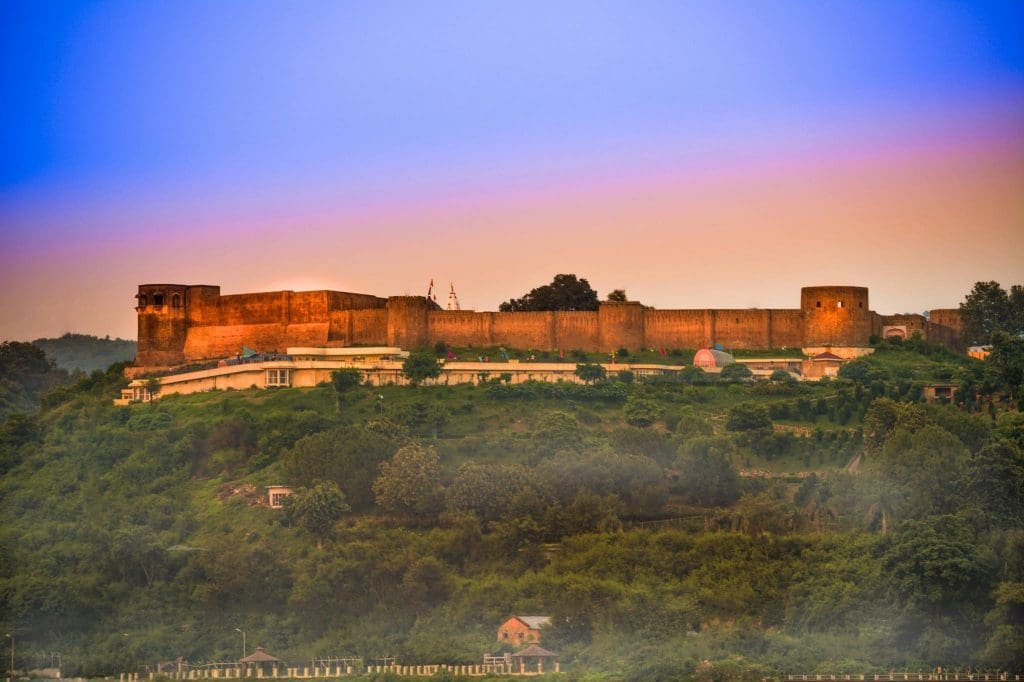
There is a shrine dedicated to the Hindu deities Kali. Bagh-e-Bahu, a vast terraced meadow, has been built all around the fort. A little garden surrounded by acres of woods provides a popular spot for visitors. Mahamaya is the legendary Dogra divinity who dedicated 14 centuries to resisting foreign invasions.
The current Bave Wali Mata Mandir was built shortly after Maharaja Gulab Singh’s ascension in 1822. It is also known as the Mahakali Temple, after the deity who is said to be next only to Mata Vaishno Devi in respect of magical properties. The Bahu Temple is dedicated to Goddess Kali, the ultimate divinity of Jammu and Kashmir.
Gurudwara Shri Guru Nanak Dev Ji – devotion and divinity
Gurudwara Shri Guru Nanak Dev Ji is a famous Jammu Gurudwara. It is situated in the Mubarak Mandi neighbourhood of Upper Bazar. The Gurudwara has a three-foot-tall white stone statue of Guru Nanak Dev Ji. As per legend, Maharaja Partap Singh is the one who repaired the sculpture.
Mostly during the Singh Sabha Movement, when statues were removed from Gurdwaras, this monument was overlooked and hence unharmed. A handful of people are aware of this idol. The heavenly Shrine of Gurdwara Sri Guru Nanak Devji is among the state’s most prominent religious locations, reflecting the citizens’ great spiritual devotion.
Baboor Temple – a splendid architectural style
Six separate temples were destroyed at the Baboor site. These temples are located within a one-kilometre radius and are important archaeological sites. These temples, which are encircled by beautiful hillocks and panoramas, are beautifully furnished with carved sculptures of Gods, Goddesses, Sacred Performers, and Singers.
As per a few archaeologists, the location is thought to have been the metropolis of the Duggar Empire. Dhera Mandir, Kala Dehra- 1, Devi Bhagawati Mandir, and Kala Dehra- 2 are the most noteworthy temples of the Baboor premises. The temples are admired not only for their remarkable architectural style but for their peculiar Dogra Sculpture style.
Martand Sun Temple – awe-inspiring beauty
Standing as a testament to the grandeur of ancient architecture, the Martand Sun Temple in Jammu and Kashmir is a remarkable marvel that enchants visitors with its awe-inspiring beauty and rich historical significance. Built during the reign of King Lalitaditya Muktapida in the 8th century, this sun temple is dedicated to the Sun god, Surya.
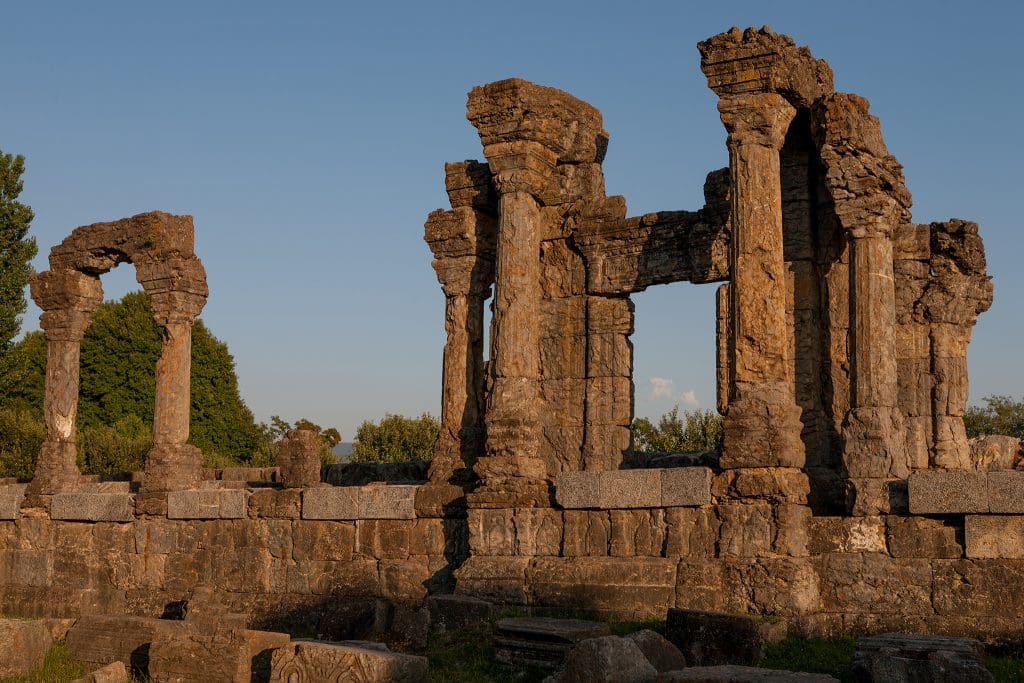
Perched atop a plateau in the picturesque Anantnag district, this is one of the ancient temples that showcase Kashmir temple architecture – an exquisite blend of intricate carvings, intricate architecture, and stunning panoramic views of the surrounding valley.
Despite its partially ruined state, the remnants of the temple’s colossal pillars, ornate carvings, and the intricate lattice work on its walls stand as a testament to the craftsmanship of ancient times. As one explores this architectural wonder, it is impossible not to be captivated by its mystical ambience, transporting visitors back in time to an era of grandeur and spirituality.
Read More: Latest



